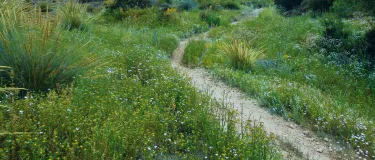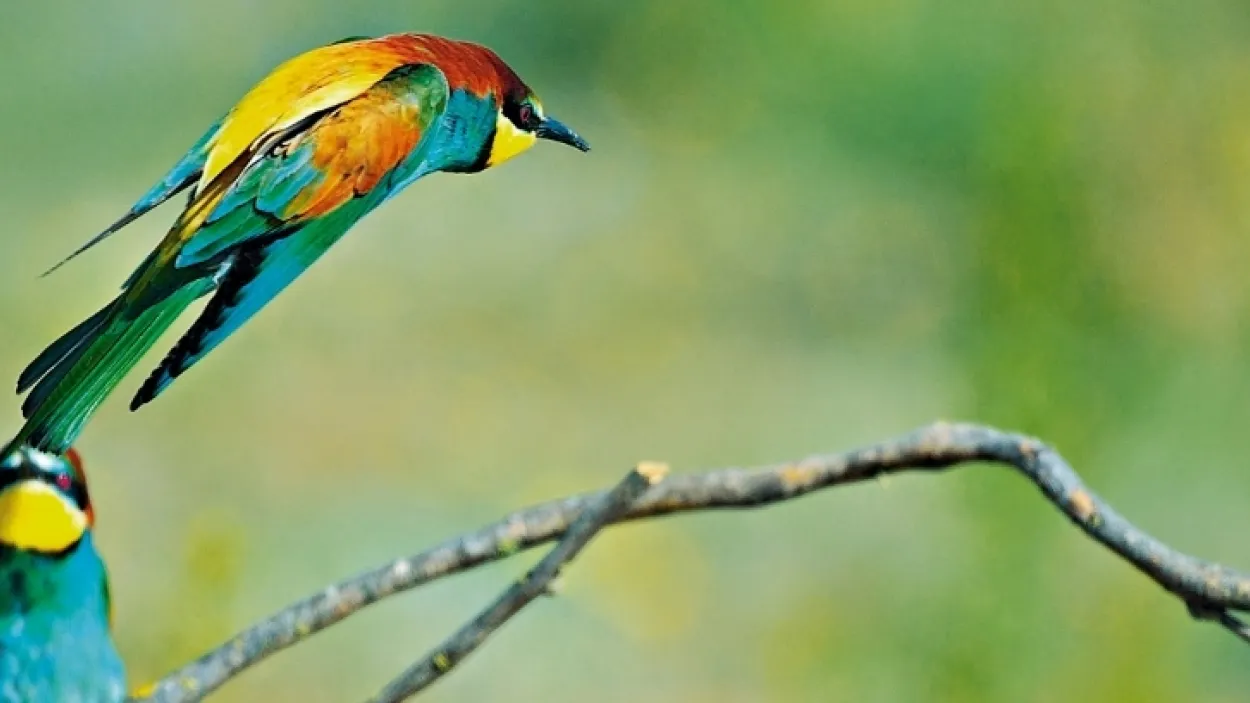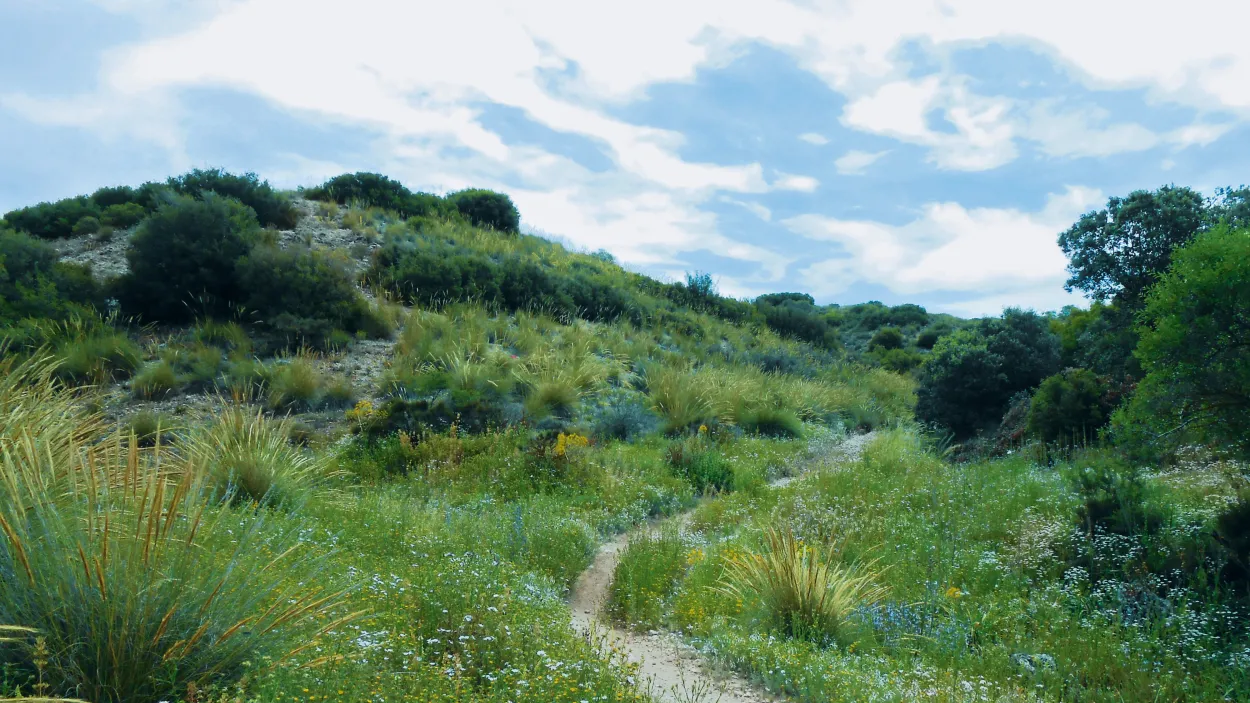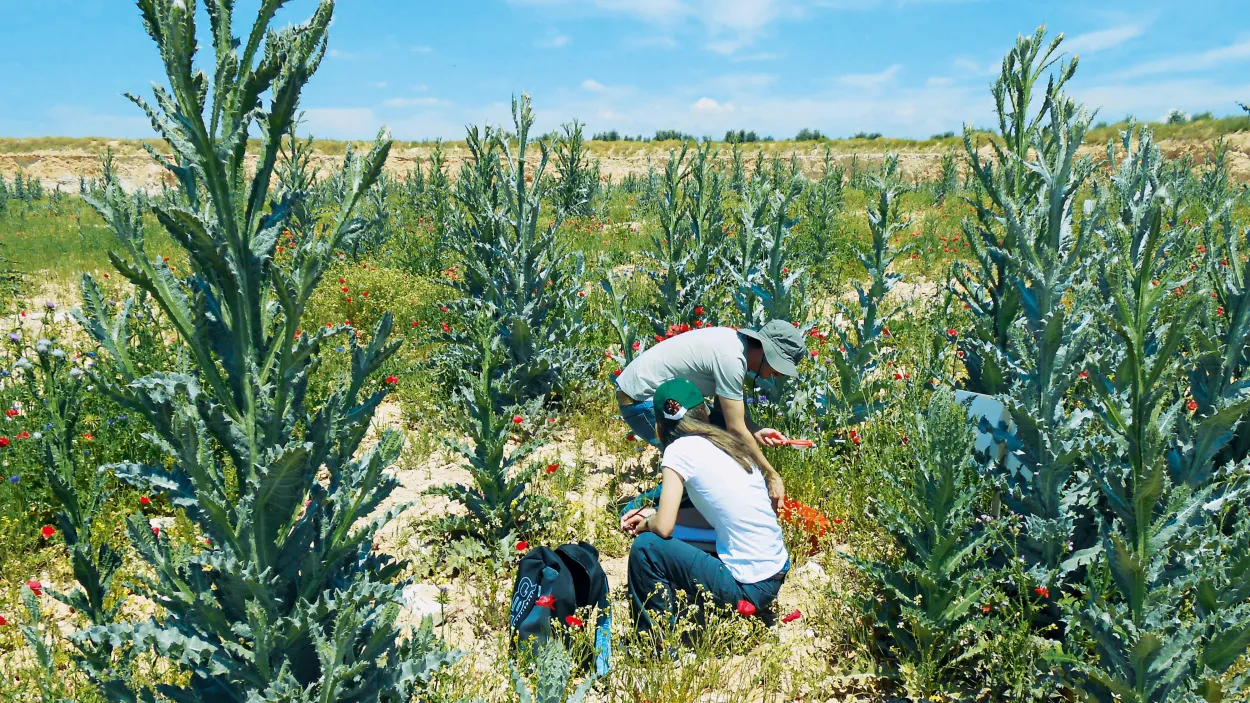Holcim shines in UN studies on biodiversity measurement
A crucial part of our nature strategy is to preserve biodiversity. Yet biodiversity can be difficult to measure, so we developed a science-based methodology in partnership with the International Union for Conservation of Nature (IUCN) for just this purpose. The results have been very encouraging, with our operations in Spain and India recently featured in two recent UN publications.
360 plant species populate the quarry
At our quarry in Yepes, Spain, two hundred and fifty hectares of semi-arid land have been transformed into a natural reserve. We built slopes, holes and ponds to speed up the process of ecological restoration and the reintroduction of diverse fauna and flora. Today 360 plant species with high ecological value populate the quarry, and three orchid species have appeared since local pollinators have placed their beehives nearby. The former mining area is also a habitat and natural recreation area for the nearby citizens.
The UN study on Yepes concludes that Holcim is “one of the frontrunners in the business community when it comes to measuring biodiversity,” and that our “science-based approach is another strength… The applied tools have proved to be scientifically robust.”
A measurable positive impact on biodiversity
Quarry sites operating under our Indian entity Ambuja Cement were also highlighted by the UN – the Ambujanagar site in the state of Gujarat, and the Rabriyawas site in the state of Rajasthan. The habitats are diverse, with Ambujanagar being fairly warm and humid, while Rabriyawas is in a hot and arid desert area. Despite this diversity, the UN study commended Ambuja for its approach to measuring “natural capital” and especially for accounting for the uniqueness and ecological importance of each habitat.
On our nature-positive journey, Holcim is committed to delivering a measurable positive impact on biodiversity by 2030 based on the Biodiversity Indicator Reporting System (BIRS) developed in partnership with IUCN. To achieve this we will establish:
- Global BIRS baseline completed for all managed land by 2024
- All quarries with rehabilitation plans by 2022
- All quarries with high biodiversity value to have Biodiversity Management Plans by 2022









